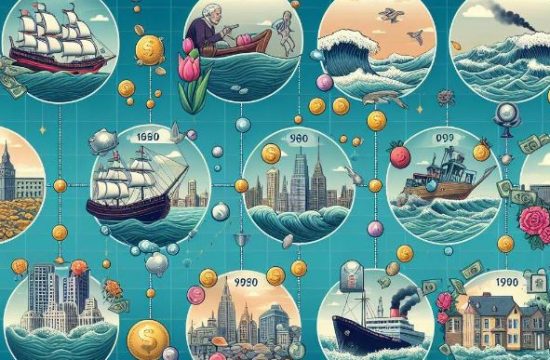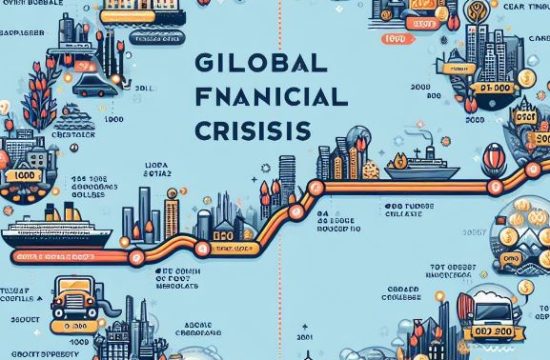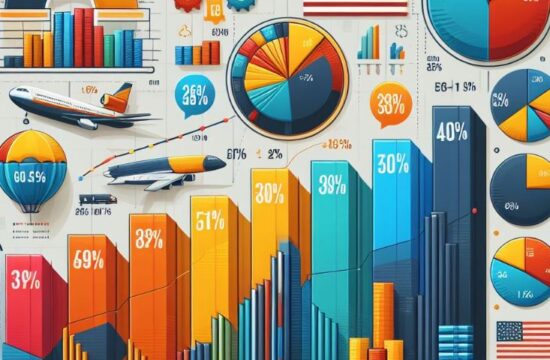People always clamor for equality. Yet, the world is never truly equal. The air we breathe consists of over 78% nitrogen, 20% oxygen, and a small amount of many other elements. Tall buildings stand only because of a few pillars that support them. The internet, though conceived as a decentralized network, naturally gave rise to hub sites that act as leaders. Whether we like it or not, our societies have leaders.
Without standards, the world would likely be in chaos. Everything is relative and constantly changing. At any given moment, people fixate on something as a standard to make sense of the world. Consequently, leaders are always emerging, and the world revolves around these hubs, termed leaders.
Leaders are not just for political or economic efficiency. People create stars and heroes of the era. While there’s a risk these leaders might become arrogant, thinking they control the world, society often sacrifices the value of equality, demanding leadership. Just as dwarfs exist in the fairy tale of Snow White, numerous dwarfs appear in the real world, with Snow White and the wicked queen driving the narrative.
Regarding international currency in a networked global economy, unlike other macroeconomic textbooks, we’ve assumed a single type of money in this world. But what if each country used its own currency?
It might be easy to imagine today’s situation, but the reality isn’t that simple. Without a stable international currency, trade between nations would have been reduced to mere barter. Fortunately, gold and silver were valued by most countries. Possessing gold or silver coins meant receiving respect in any country, or carrying reliable certificates like the Dutch guilder, which could always be exchanged for gold. Until the early 1930s, all currencies were evaluated based on gold, marking an era of fixed exchange rates pegged to gold.
However, in September 1931, the UK declared it would no longer exchange gold for British pounds, and in April 1933, the US abandoned the gold standard. How could trade between countries be trusted under these circumstances? Today, a key currency plays the role gold once did. Many countries, including ours, have pegged their exchange rates to the dollar, effectively tying their currency values to the dollar’s. If all money moves in the same direction, its value is as good as fixed.
Around the end of World War II, the victorious allied nations gathered at the Mount Washington Hotel in Bretton Woods, USA, to establish a global financial system for economic reconstruction. The conference involved representatives from 44 countries but was essentially a negotiation between the two superpowers, the UK and the USA. It’s unclear who was Snow White or the wicked queen, but the world needed a leader.

The UK received massive aid from the USA during and after WWII. Yet, the UK, represented by the eminent economist Keynes, sought to maintain the British pound’s traditional status as an international currency. The USA, already the world’s largest creditor and dominant in production and trade, aimed to secure global economic hegemony.
Although the USA couldn’t match Keynes in academic reputation, its economic influence was overwhelming, having already supplied Europe with over $10 billion during the war and possessing the highest gold reserves. Eventually, they agreed to fix the price of gold at $35 per ounce and peg other currencies to the dollar. This meant that the Central Bank of the USA would exchange gold for $35 per ounce at any time, a return to the era when the Dutch guaranteed gold exchange for their currency.
Although Americans no longer had the right to exchange dollars for gold, other countries could do so at $35 per ounce. Thus, other currencies were pegged to the US dollar. People always demand equality, but the world needs standards and leaders to ensure smooth international trade. However, the leaders we choose are not always perfect.
Post-WWII, as Germany and Japan’s economies boomed and exports increased, the US faced continuous outflows of dollars due to conflicts like the Suez Canal crisis in 1956 and the Vietnam War in 1960. Rumors circulated that the US gold reserves had halved since 1945. Countries like France demanded gold in exchange for their dollars. The fixed exchange rate became disadvantageous for the US as inflation continued, making it beneficial to exchange dollars for gold from the US government, leading to a decrease in US gold reserves.
On August 15, 1971, US President Richard Nixon declared that the US would no longer buy or sell gold, severing the link between gold and currency.
Countries then sought various solutions. Although the Special Drawing Right (SDR) was proposed as an international currency, in December 1971, a meeting at the Smithsonian Museum in Washington agreed on a system unrelated to gold but pegged to $38 per ounce of gold, continuing the dollar’s role as the world’s reserve currency. Other currencies agreed to fluctuate within a 2.25% margin against the dollar.
After two years of turmoil, in 1973, the United States completely abandoned the fixed exchange rate system. The US was thus freed from the “golden shackles,” enabling it to print more dollars. From the US perspective, dollars flowing overseas meant an increase in debt, as foreigners holding dollars would eventually demand US goods or property in exchange. Nevertheless, the US continued to supply dollars, which gradually lost trust and value. By January 1980, the price of gold had risen to $850 per ounce.
Amid these developments, the Reagan administration, marking the 40th presidency of the United States, began in 1980. The US experienced unprecedented current account and budget deficits, known as the “twin deficits.” The Reagan administration’s high-interest rate policy led to a resurgence of dollars into the US, increasing the dollar’s value and further diminishing the competitiveness of US exports. Shocked by this, the US sought to devalue the dollar through the Plaza Accord in 1985.

In fact, following the Plaza Accord, the value of the dollar decreased, which led to a decrease in exports from Germany and Japan, the countries with the largest trade surpluses at the time. With the yen’s sharp rise and a decrease in exports, Japan lowered domestic interest rates and tried to stimulate domestic consumption. Japanese companies also took advantage of the strong yen to relocate their factories to various Asian countries, thereby increasing investment in Asia. This resulted in reflexive benefits for Asian countries, including South Korea. The influx of Japanese capital and fixed exchange rates pegged to the dollar allowed these countries to enter export markets that Japan was struggling with, recording significant trade surplus.
In 1986, South Korea also recorded its first trade surplus in history. Since 1960, South Korea had adopted an export-oriented policy, but it was only at this time that it actually experienced a trade surplus. The strong yen due to the low dollar, coinciding with low oil prices and low international interest rates — the “three lows” phenomenon — enhanced the competitiveness of Korean products, leading to the first trade surplus since the opening of the port.
Thus, all countries around the globe are interconnected in a network, influencing each other and changing together.











